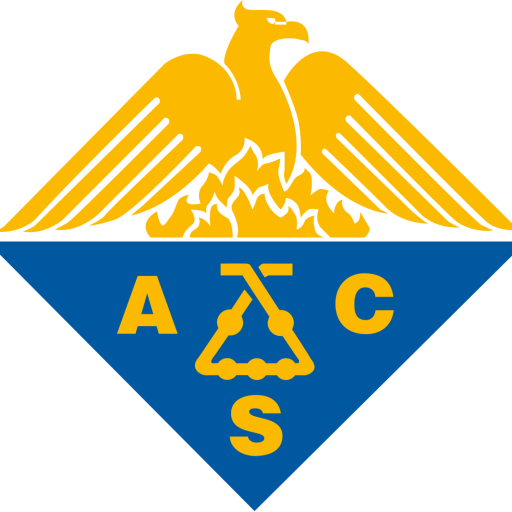Research papers constitute a cornerstone of academic and professional endeavors, serving as a medium to advance knowledge, demonstrate expertise, and contribute to scholarly discourse. Their significance lies in their ability to synthesize evidence, present original arguments, and address critical questions within a field. This blog aims to provide a structured, step-by-step guide to assist readers in crafting a successful research paper, ensuring clarity and rigor throughout the process.
Choosing a Topic
The foundation of a compelling research paper is a well-selected topic. Opt for a subject that is relevant to your field, manageable within the scope of your resources, and specific enough to allow in-depth exploration. For instance, rather than tackling a broad area such as “climate change,” refine it to a focused research question, such as “How do urban green spaces mitigate heat island effects in metropolitan areas?” Narrowing the scope enhances precision and facilitates a more thorough investigation.
Conducting Research
Effective research hinges on the use of credible sources. Peer-reviewed journals, academic books, and reputable websites provide authoritative information essential for substantiating your arguments. To manage this process efficiently, employ tools such as reference management software (e.g., Zotero or EndNote) to organize citations and key findings. Systematic documentation ensures that valuable insights remain accessible and properly attributed throughout your writing.
Developing a Thesis Statement
A thesis statement serves as the central assertion of your research paper, guiding its direction and unifying its components. It must be clear, concise, and arguable, presenting a position that invites analysis rather than stating an indisputable fact. For example, instead of writing “Air pollution affects health,” a stronger thesis might be “Industrial air pollution disproportionately impacts respiratory health in low-income communities.” Crafting such a statement requires careful consideration of your research question and evidence.
Creating an Outline
An outline is an indispensable tool for structuring a research paper effectively. It organizes your thoughts and ensures a logical progression of ideas. A typical research paper follows this structure: introduction, literature review, methodology, results, discussion, and conclusion. Below is a simplified example of an outline:
- Introduction: Present the research question and thesis.
- Literature Review: Summarize existing studies.
- Methodology: Detail research methods.
- Results: Report findings.
- Discussion: Analyze results in context.
- Conclusion: Recap and suggest future directions.
This framework provides a roadmap, enhancing coherence and readability.
Writing the Paper
The writing process begins with the introduction, where the research question and hypothesis are articulated to establish the paper’s purpose. The literature review follows, synthesizing prior studies to identify gaps your research addresses. In the methodology section, describe your research approach—whether qualitative, quantitative, or mixed—ensuring transparency and replicability. The results and discussion sections present your data and interpret its significance relative to the thesis, while the conclusion summarizes key findings and proposes avenues for future inquiry.
Revising and Editing
Revision is critical to producing a polished research paper. Begin by self-editing, reviewing your draft for clarity, coherence, and logical flow. Verify that each section aligns with the thesis and eliminates redundancy. Additionally, ensure originality by checking for plagiarism using tools like Turnitin or Grammarly, and adhere to proper citation practices. Seeking peer review from colleagues or mentors can further refine your work, offering fresh perspectives on its strengths and weaknesses.
Formatting and Citations
Adhering to a specific citation style is essential for academic integrity. Common styles include APA, MLA, and Chicago, each with distinct guidelines for in-text citations and reference lists. For example, APA requires author-date citations (Smith, 2020), while MLA emphasizes page numbers (Smith 45). Familiarize yourself with your chosen style’s manual to ensure consistency and accuracy in acknowledging sources.
Common Pitfalls to Avoid
Several errors can undermine a research paper’s quality. A lack of focus—evidenced by vague arguments or deviation from the thesis—weakens its impact. Plagiarism, whether intentional or accidental, can be avoided by diligently citing all sources. Finally, inadequate editing risks submitting a paper with errors in grammar, structure, or logic, diminishing its credibility. Thorough preparation and review mitigate these risks.
Conclusion
Writing a research paper demands a methodical approach, from selecting a topic to refining the final draft. A well-researched, clearly structured paper not only fulfills academic or professional objectives but also contributes meaningfully to its field. Readers are encouraged to embark on this process with confidence, equipped with the strategies outlined herein to produce work of exceptional quality.
